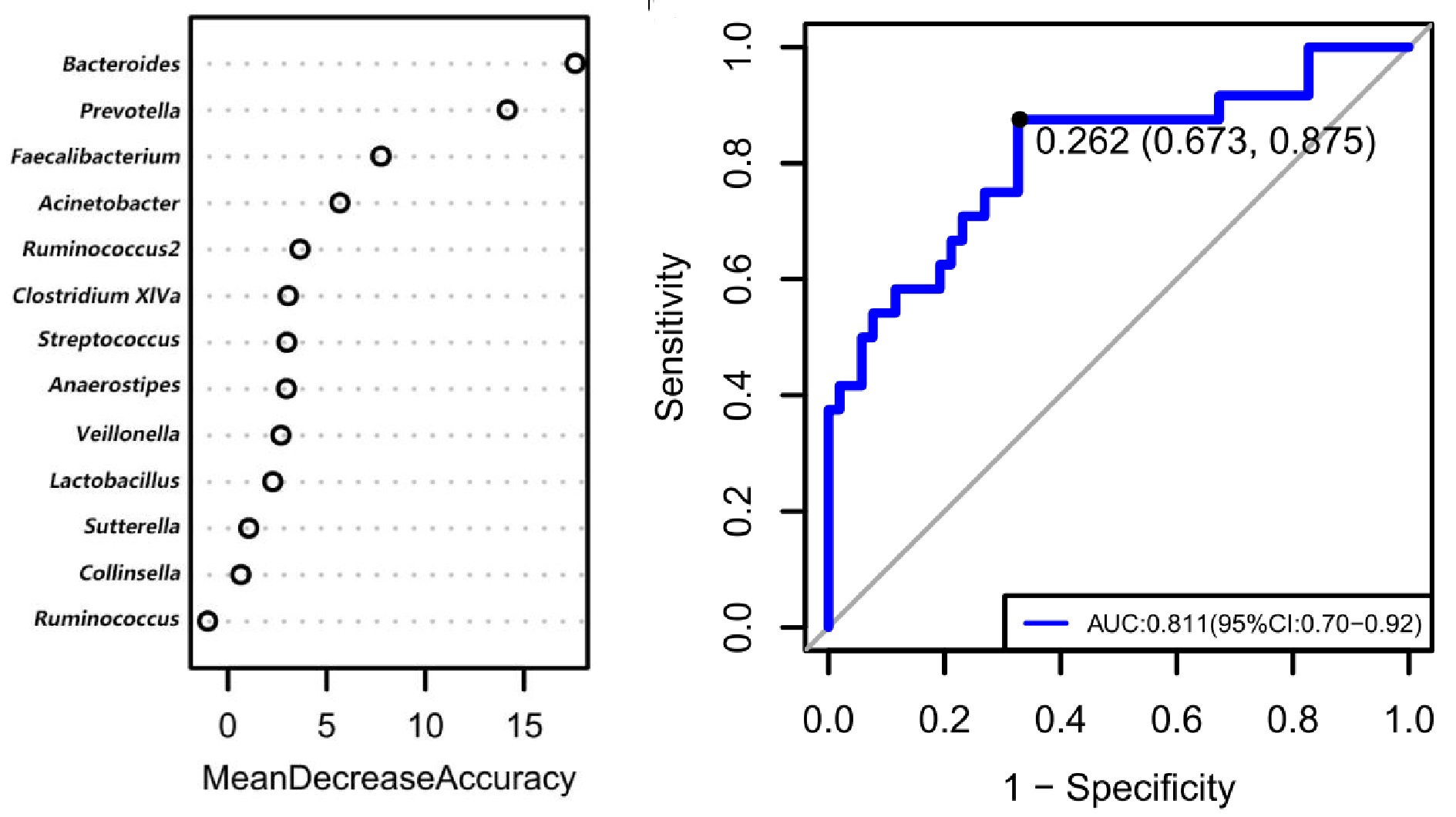Third-generation long-read amplicon sequencing
PacBio long-read sequencing platform allows for seamless generation of full-length sequences of microbial genes, such as 16S rRNA and ITS. This technology enhances the resolution of species identification and improves the accuracy of species annotation, thereby providing more precise and comprehensive information for microbiome research.
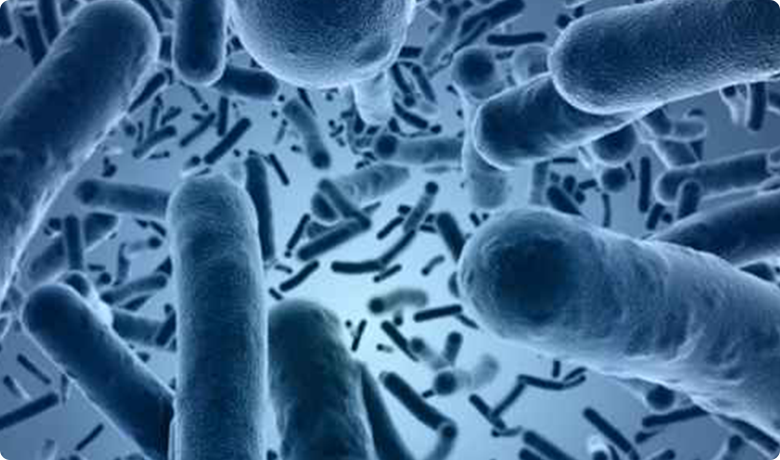
 Platform and Strategy
Platform and Strategy
PacBio SMRT sequencing platform ,CCS reads
 Technical workflow
Technical workflow

 Bioinformatics analysis pipeline and partial results presentation
Bioinformatics analysis pipeline and partial results presentation
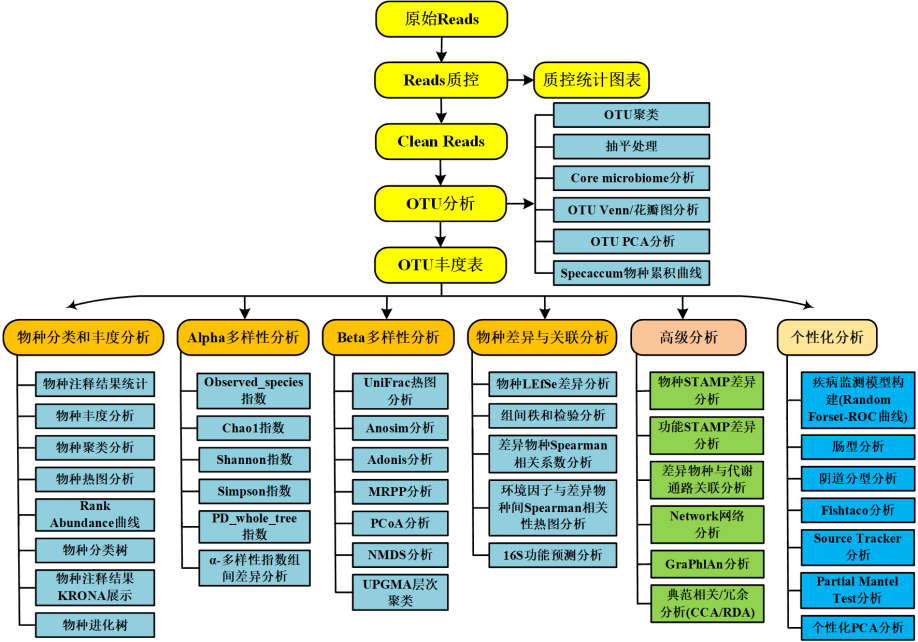 |
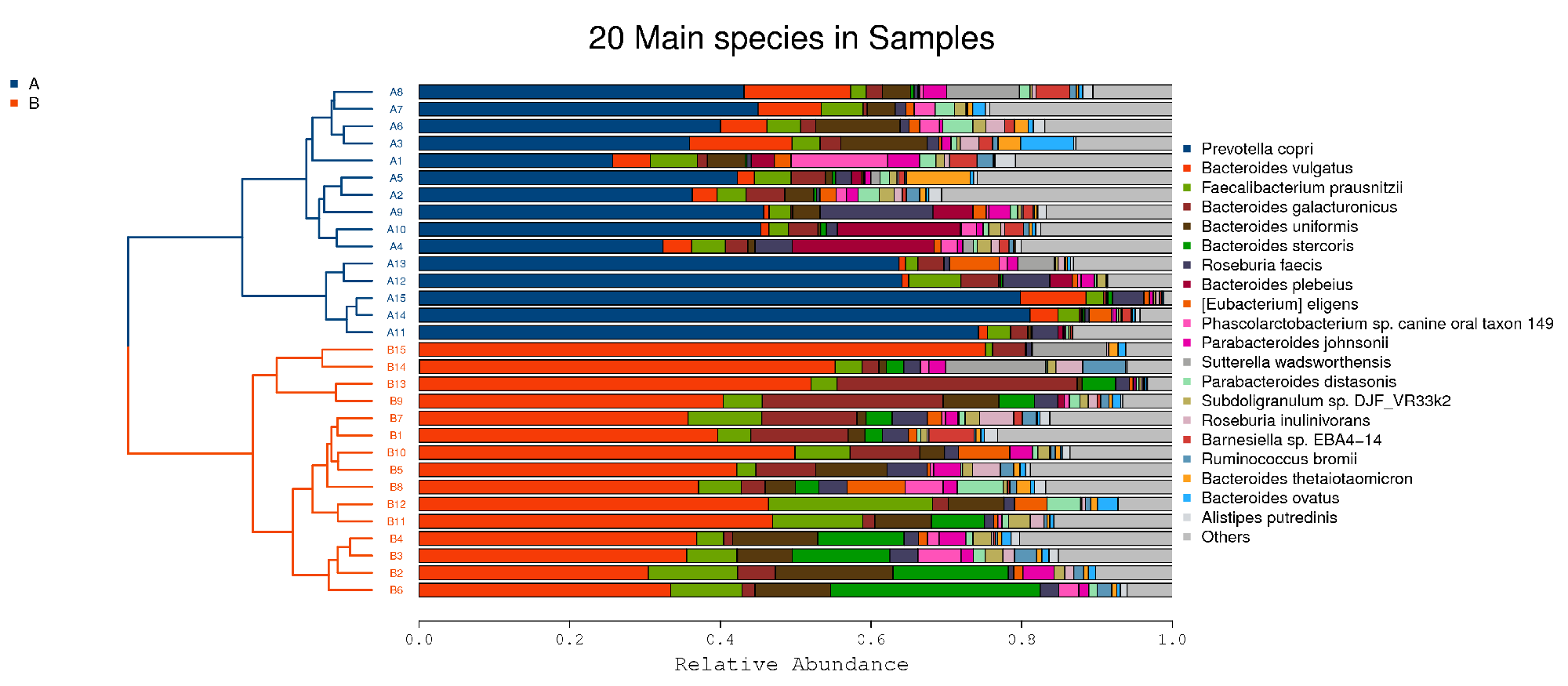 | 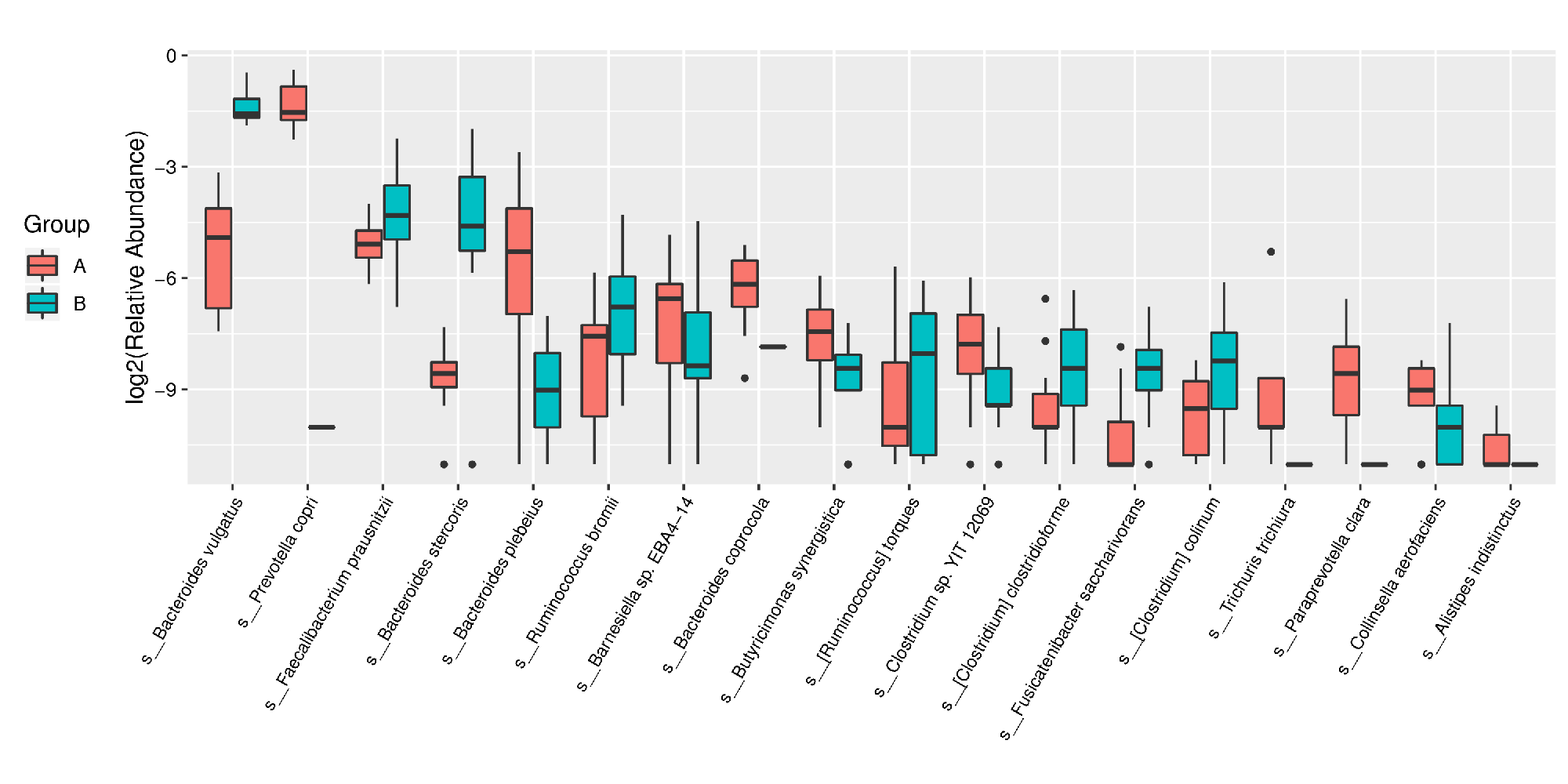 |
| Genus-level species abundance clustering diagram | Boxplot representation of species-level differential abundance |
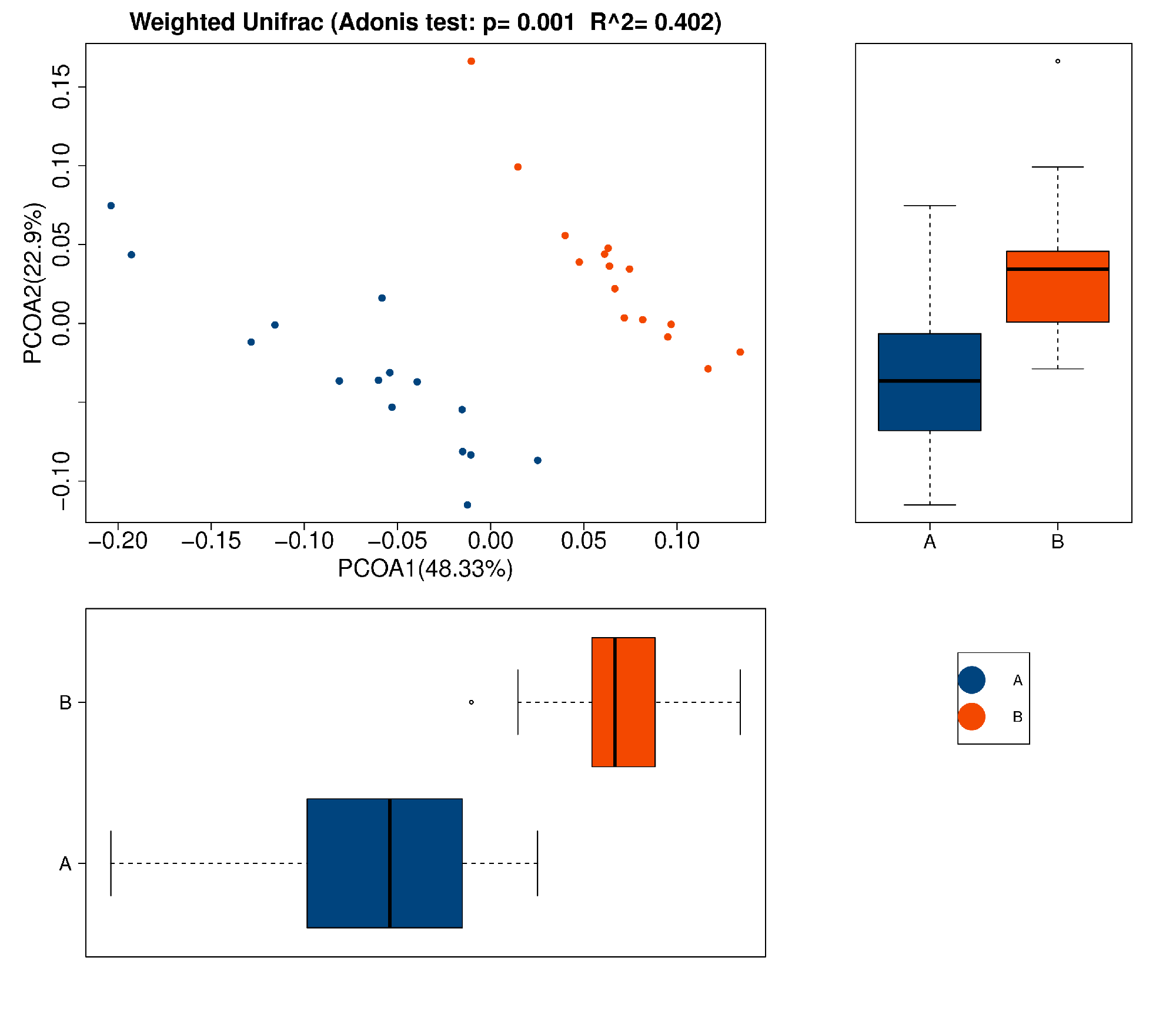 |
|
PCoA analysis | Construction of disease diagnostic model |
 Application areas
Application areas
Third-generation long-read amplicon sequencing provides more comprehensive annotation information, accurate species identification, and a realistic representation of community structure. It can be applied in the following fields:
1、Medical field: Study of the relationship between diseases and human microbiota, such as metabolic disorders, digestive diseases, autoimmune diseases, cancer, neurological disorders, and other illnesses.
2、Livestock field: Investigation of the interaction between microbial communities in the gut, rumen, etc., and animal reproduction, growth and development, nutrition and health, immune response, and disease treatment.
3、Agricultural field: Research on the interaction between rhizosphere microbiota and plants, agricultural practices/fertilization treatments, and soil microbial communities.
4、Environmental field: Analysis of microbial community composition in specific environments, such as polluted environments (haze, dust), residential and commercial areas. Study of microbial community distribution, gene functions, and metabolic networks related to organic fertilizer fermentation, wastewater treatment, petroleum degradation, and aquatic or marine environments.
5、Extreme environments: Investigation of microbial communities in extreme conditions.






